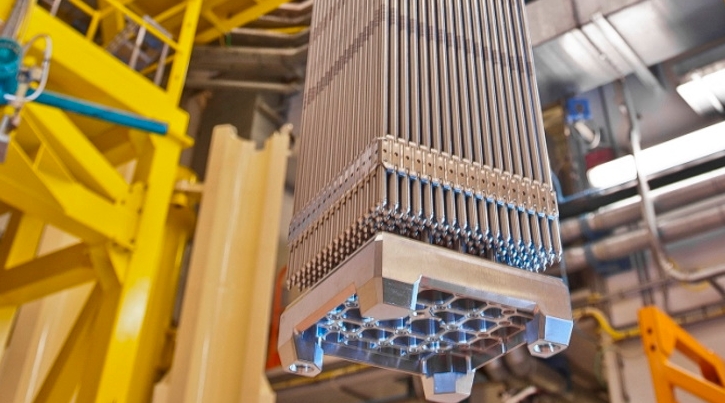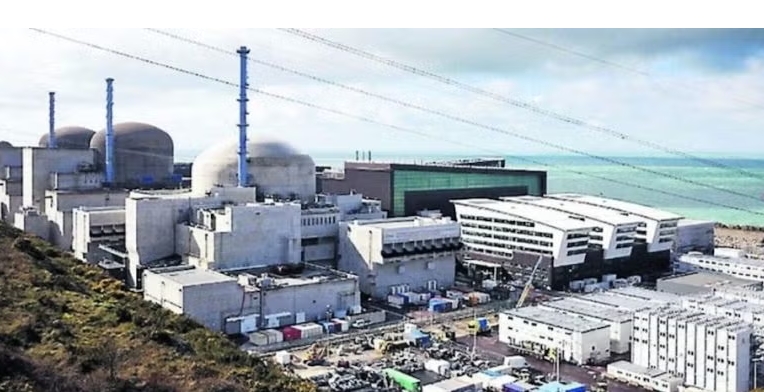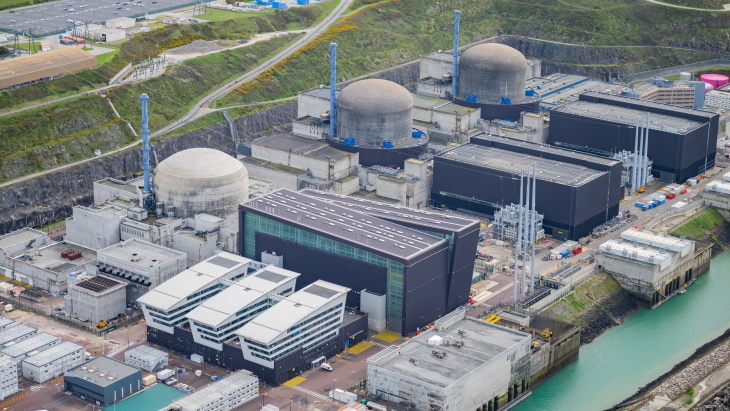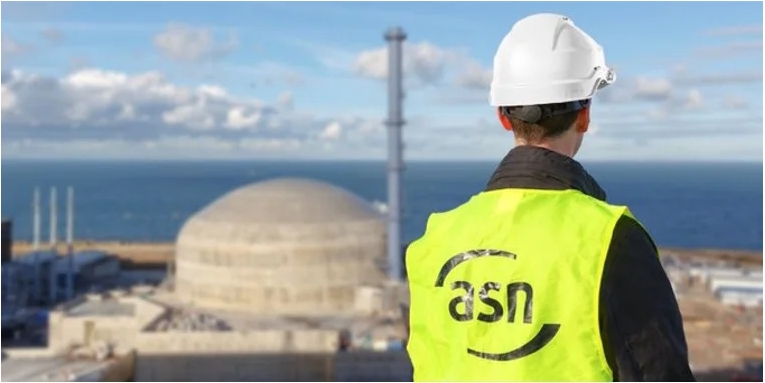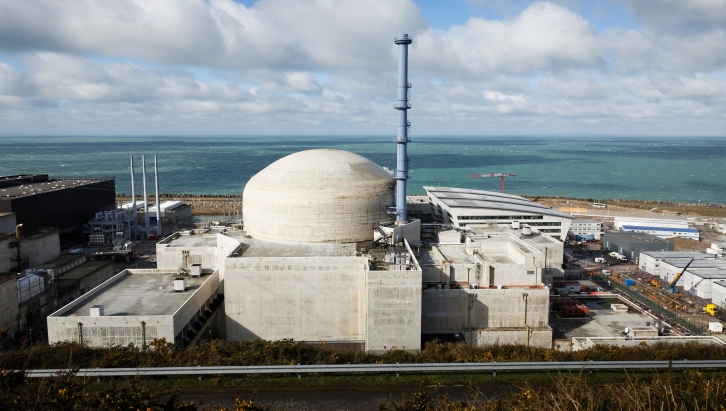Active materials are chemical substances that are required to store energy in batteries. The Freiburg scientists have now replaced the previous active material, the element vanadium, with the much more abundant element manganese. Krossing and his team have adopted a new approach to applying the sustainable manganese in the battery: until now coupling the deposition of manganese in its elemental form with the oxidation of manganese in the oxidation state +II to manganese +III had not been used to store electrochemical energy. The newly-developed battery achieves an energy density roughly twice as high compared to the standard redox‑flow battery with vanadium.
“With the electrolytes presented in our publication, energy densities of up to 74 Wh L-1 are possible,” explains Krossing. “This was already far better in the first try than the energy density of the vanadium redox‑flow battery which has been researched since 1978.” Further optimization of the battery is necessary, according to the Freiburg chemist, “but this system describes a new and highly promising design for sustainable stationary energy storage.”
